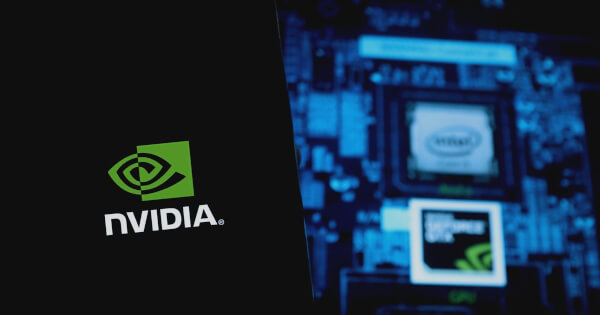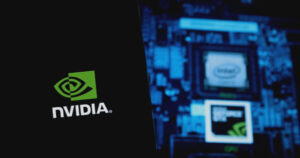Transforming Video Generation: How NVIDIA TensorRT is Revolutionizing Adobe Firefly
By Extreme Investor Network Team
April 22, 2025
In the ever-evolving landscape of technology, the synergy between graphics computing and creative software is yielding transformative results. A compelling example of this is the collaboration between NVIDIA and Adobe, which has leveraged NVIDIA’s TensorRT to enhance Adobe Firefly—a cutting-edge video generation model. With impressive results, including a remarkable 60% reduction in latency and a 40% decrease in total cost of ownership (TCO), the integration highlights the potential for optimized efficiency in AI applications.

The Power of NVIDIA’s TensorRT
TensorRT is renowned for its ability to enhance deep learning inference performance. In the case of Adobe Firefly, this optimization harnesses the FP8 quantization capabilities of NVIDIA’s Hopper GPUs. This technology streamlines computational resource usage, allowing Firefly to cater to a larger user base without proportionally increasing hardware demands.
Adobe’s adoption of TensorRT comes at a time when scalability is essential. The deployment of Firefly on AWS EC2 P5/P5en instances, powered by NVIDIA’s Hopper GPUs, underscores the importance of both flexibility and efficiency in bringing generative AI technologies to market swiftly. In just one month, Adobe Firefly generated over 70 million images, demonstrating not only its popularity but also the power of rapid technological deployment.
Advanced Techniques Driving Efficiency
Adobe’s recent advancements are rooted in sophisticated optimization strategies. By adopting FP8 quantization, Adobe has secured a reduction in memory bandwidth, resulting in a smaller memory footprint while concurrently accelerating Tensor Core operations. Moreover, TensorRT’s compatibility with frameworks like PyTorch, TensorFlow, and ONNX has simplified model portability, which is indispensable for modern application development.
The optimization process included the export of models to the ONNX format, implementation of mixed precision with FP8 and BF16, and post-training quantization techniques. This multifaceted approach effectively reduces the computational demand of complex video diffusion models, making cutting-edge technology more accessible and cost-efficient for creators and developers alike.
Enhancing Scalability and Reducing Costs
A notable aspect of the deployment strategy is the utilization of AWS’s robust cloud infrastructure, which significantly contributes to scalability and operational efficiency. The integration of TensorRT with Adobe Firefly not only optimizes performance but also translates into substantial cost savings. By lowering the computational requirements for model inference, Adobe is able to support a wider user base with fewer GPUs, ultimately curtailing operational expenses.
As companies face mounting pressure to innovate and function efficiently, the lessons learned from Adobe’s Firefly initiative can guide future developments in generative AI. The deployment of NVIDIA TensorRT sets a new benchmark for what can be accomplished within the realm of creative technology, promising exciting possibilities for content creators and developers in the year ahead.
Stay Ahead with Extreme Investor Network
At Extreme Investor Network, we understand that staying informed about the latest advancements in technology is crucial for capitalizing on emerging opportunities. As the landscape of generative AI, blockchain, and cryptocurrency continues to evolve, we are committed to providing our readers with deep insights and expert analysis.
For more updates and unique insights into the tech that’s reshaping our world, make sure to explore our extensive range of articles and resources. Together, let’s navigate the thrilling intersections of innovation, investment, and opportunity!
Learn more by visiting the NVIDIA Developer Blog for detailed insights on these groundbreaking changes in video generation technology.

